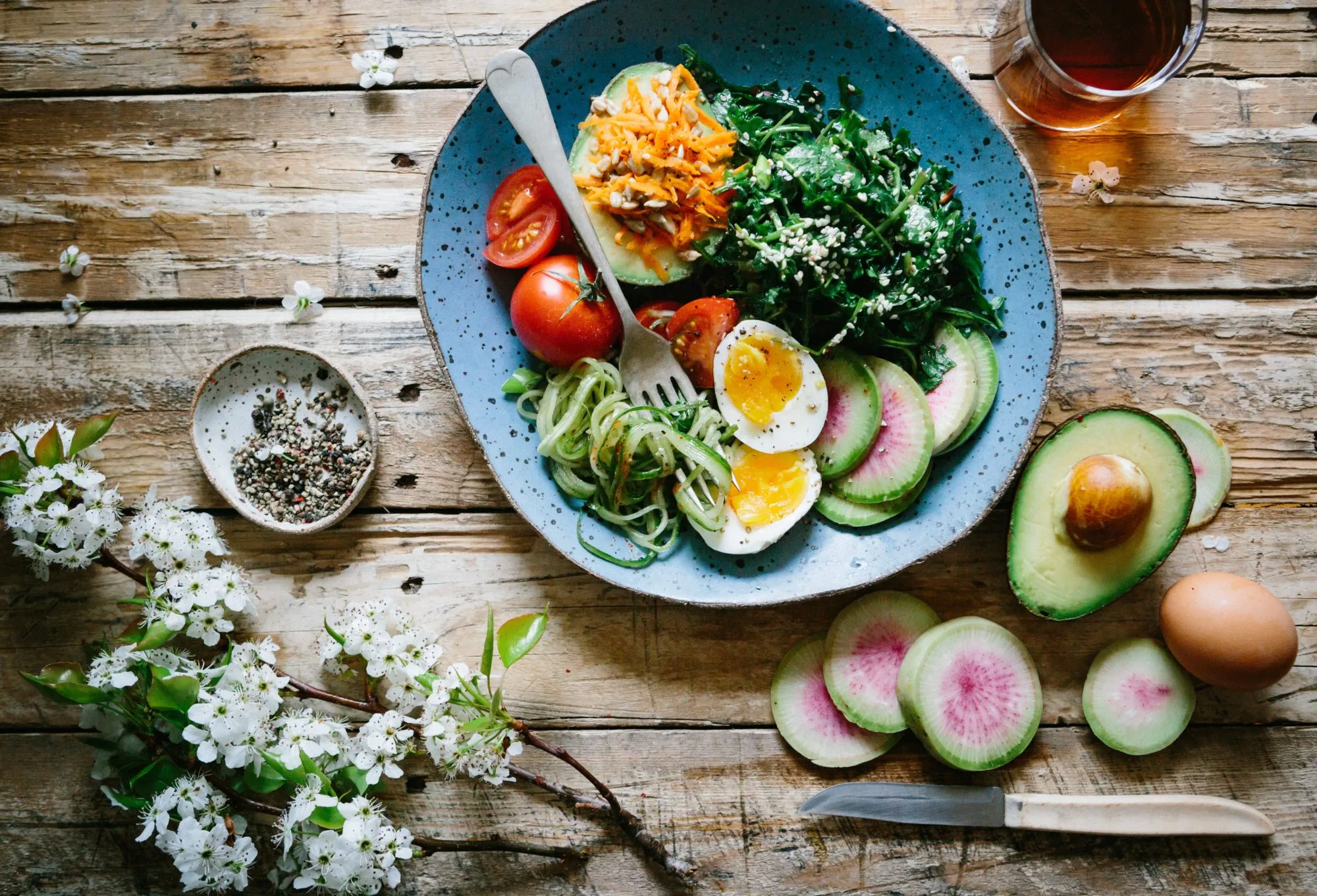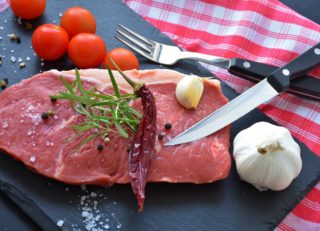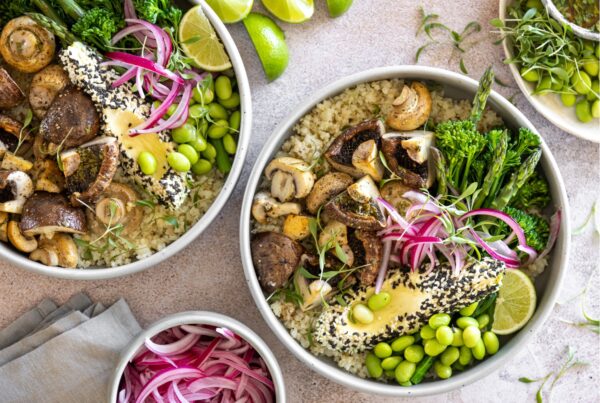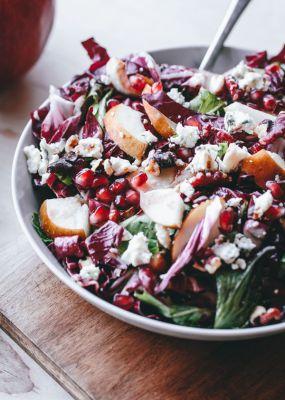The Paleo diet – also known as caveman diet or stone-age diet – has become extremely popular in the last few years. As suggested by its name, the doctrines following this diet are directed in the Paleolithic age – the diet of our ancestors, who were hunter-gatherers. In this article, Dr Mitrivanda Savanur explains the principles and advantages of the Paleo diet, as well as what a modern-day person needs to understand before choosing whether or not they want to apply these principles in their own life.
The ideas behind the Paleo diet
The following foods are incorporated into the diet:
- fruits
- vegetables
- meat
- nuts and
- seafood
while the following foods are usually left out:
- grains
- dairy products
- legumes
- sugar
- salt
- processed oils
- coffee and
- alcohol.
The diet does not merely function on the basis of avoiding processed foods. Instead, it is based on the foods which human beings started eating following the Neolithic Revolution as human beings changed lifestyles from hunter-gatherers to established agriculturists. The ideas of the Paleo diet can be tracked to Walter Voegtlin and were promoted in the book of Loren Cordain, The Paleo Diet.
The Paleo diet is a means of enhancing health. 
There are evidences that going along this diet can bring about progresses with regard to metabolic effects and body composition in comparison with the usual Western diet. In 2012, it was described that the Paleo diet was one of the hottest trends in the sphere of diets, and in 2013 the diet was found to be the most sought-after weight-loss approach in the Google search engine. It is an attraction to nature based on which the Paleo diet has been marketed and the Paleo ideology and lifestyle have progressed around the Paleo diet.
The Paleo diet is concerned about consuming foods directly from the ground purely, as done by our ancestors, who did not possess crops or livestock. That being said, Cordain recommends to adopt organic and grass-fed types on every occasion possible, in order to restrict exposure to antibiotics, pesticides, and different chemicals which did not occur at that time. It has been suggested by research that people in the Paleolithic age acquired around 35% of the calories from carbohydrates, around 35% from fats, and around 30% from proteins.
Following Paleo diet implies quitting modern foods
Anything that is supplied in a jar, box, or bag ought to be shunned on the Paleo diet, as anything that was not eaten at that time should be shunned. This denotes that dairy, grains, added salt, and legumes together with peanuts, lentils, beans, and soybeans should be avoided. Potatoes are by and large forbidden on this diet. Honey and alcohol are as well banned; however, red wine is likely to be the nearest choice and honey ismuchfavored compared to artificial sweeteners or table sugar.
What are the health benefits?
The Paleo diet features that recommend consuming no processed foods, salt and sugar, are in accordance with conventional guidance on diet. The Paleo diet has certain resemblances with customary ethnic diets – like the Mediterranean diet – which are understood to be more healthful when compared to the Western diet. It has been found that people eating a pattern of paleo nutrition have better degrees of metabolic and cardiovascular health, when comparison is made with people who eat standard diets.
Furthermore, the Paleo diet enables one to eat in the healthiest manner, as this diet is the unique nutritional method that functions with the genetics to assist you in staying strong, lean and energetic. Studies in biochemistry, biology, dermatology, ophthalmology and numerous other disciplines signify that this should be the modern diet. The prevailing diet – alive with refined foods, sugar and trans fats – is the root cause of progressive diseases like cancer, diabetes, obesity, heart disease, Alzheimer’s Parkinson’s, infertility and depression.
Developing a healthful Paleo diet 
- Varied proteins: Preferably, one should consume a broad range of proteins coming from as diverse animal origins as possible. One must not eschew fatty meat cuts, especially if eating pastured sources. A frequently ignored part of the Paleo diet in the widespread society is too much dependence on standard meat cuts to the detriment of bone broth, organ meats and different collagen sources. If the goal is to lose weight, you will feel satisfied by taking protein between meals.
- Vegetables and fruits: Vegetables and fruits contain a lot of vitamins, minerals, antioxidants and phytonutrients, which are proved to diminish the chance of developing many degenerative diseases like diabetes, cancer as well as neurological decline.
- Healthful fats from seeds, nuts, avocados, fish oil, olive oil, grass-fed meat: Epidemiological studies and scientific research demonstrate that diets with plenty of Omega-3 and Monounsaturated fats radically decrease the cases of cancer, obesity, diabetes, cognitive decline and heart disease.
Removing processed foods boosts health
The advantages of omitting packed foods from the diet could be enormous. In accordance with the Harvard School of Public Health, three-fourth of the sodium intake of an average American (it is nearly double the normal quantity) originates from commercially-made foods. Furthermore, it has been found by one Public Health Nutrition Study that persons who cook as a minimum five times in a week are more prone to be full of life 10 years later, in comparison with the people who depend much more on processed foods.
Taking on the Paleo diet supposes that modern human beings are able to generate the hunter-gatherer diet. The indication connected to the Paleo diet is most excellently explained as following the idea that plant-based foods elevate longevity and health.
Who is the author?
Mitravinda is a Nutritionist at DietChart with a doctoral degree in Food Science and Nutrition. She is a teacher, researcher and an author. Her passion for the subject prompted her to start writing blogs on various nutrition-related topics such as diet chart for weight loss, diet chart for weight loss in 7 days, how to get rid of whiteheads on face etc. Through her blogs, she wishes to help people gain a deeper understanding about the relationship between food, nutrition, lifestyle and health.







![women [longevity live]](https://longevitylive.com/wp-content/uploads/2020/01/photo-of-women-walking-down-the-street-1116984-100x100.jpg)










One Comment